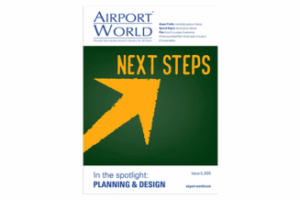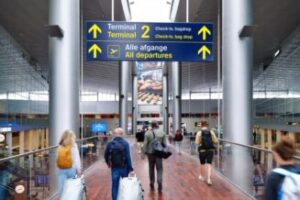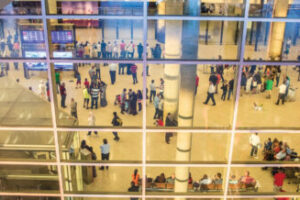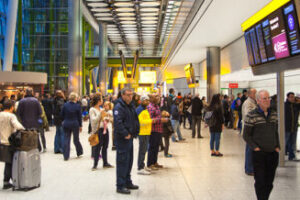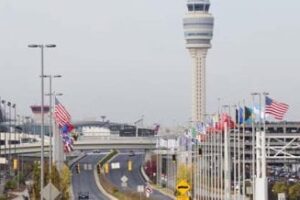
Time to take a break?
Richard Plenty and Terri Morrissey look at the importance of human factors and managing fatigue.
When do we know it’s time to take a break? Do we notice when we start to feel tired, begin to find it difficult to concentrate, and realise we are running out of energy and creative ideas? Or do we only notice later – when fatigue sets in, our performance begins to suffer, and we make mistakes?
When we are under pressure, especially when we are experiencing high workloads, it is all too easy to carry on too long. We cut corners in an effort to meet tight deadlines, make unwarranted assumptions and commit errors of judgement with potentially serious consequences.
Human errors of judgement are particularly problematic for those in safety-critical roles. Indeed, work on air traffic controllers has been the subject of research by psychologists interested in the impact of high-pressure environments on attention span since the 1960s.
Their studies explored the relationship between workload, stress and automation on people’s ability to manage periods where intense concentration was necessary. They articulated how the human element could contribute to accidents and paved the way for further research in air traffic management.
They found that fatigue can indeed compromise focus, reaction time, and decision-making, and could result in potentially catastrophic errors of judgement. At the same time, they found that there was rarely a simple relationship between fatigue and performance in real life settings. An understanding of the whole human-technology system was vital, a ‘human factors’ approach.
The importance of the human factor has become a hot topic again recently in the United States, which has experienced a number of “near misses” in air traffic management. For example, a near-collision at New York’s JFK Airport between a Delta aircraft and an American Airlines jet in early 2023 received substantial media attention. There are many other recent cases.
Could the fact that the US has been facing a critical shortage of air traffic controllers in recent years be a common factor in this spate of incidents? Could understaffing be leading to fatigue and misjudgements?
The answer (so far) seems to be that fatigue, in itself, is not the prime cause, but the human element remains important. For example, failures in communication between air traffic controllers and aircraft as well as issues associated with interruptions, distractions and multi -tasking are cited in some reports. The European Union Aviation Safety Agency (EASA) published similar findings in May 2024, saying that no fatigue related accident or serious incident involving air traffic controllers had been reported in the previous ten years.
However, it also found that reporting mechanisms were not fully effective, and that good practice required the implementation of a Fatigue Risk Management System providing guidelines on rostering, fatigue reporting and other mitigating mechanisms.
This seems like a sensible proposal. Indeed, a more systematic approach to looking at work patterns and their impact on fatigue and wellbeing might well have a broader applicability to jobs in airports – not only safety critical roles. Conventional work patterns are being eroded and transformed through hybrid working, digital advances, and competitive pressures. We come across many people who claim they feel ‘overwhelmed’ by work pressures as a consequence.
In a sector which needs to attract, motivate and retain people, it is important to keep the person at the centre. So why not proactively manage fatigue rather than let it manage us?
This means looking systematically at what work patterns make most sense, developing people’s resilience, offering wellness programmes, developing peer support networks and providing psychological services if needed. It also means educating people on how to manage fatigue. And – on that note – it’s time for us to take a break!
About the authors
Terri Morrissey and Dr Richard Plenty run ACI’s Human Resources training. They received a Presidential Citation from the American Psychological Association in June 2022 for their leadership in advancing global psychology.
Contact them at [email protected]
Arrivals and departures
Chris McLaughlin became the CEO of Dallas Fort Worth International Airport (DFW) on May 19, succeeding Sean Donohue, who is retiring after more than a decade leading DFW.
The Supervisory Board of Berlin Brandenburg Airport has appointed István Szabó as its new chief operating officer effective from autumn 2025. He will take over the operational responsibilities from Thomas Hoff Andersson who has moved to Munich Airport to become its new chief operating officer.
Brisbane Airport has appointed Scott Norris as its new executive general manager for commercial and will oversee retail, commercial, parking and industrial development at the Queensland gateway.
London Luton Airport (LLA) has appointed Lord John Hutton as chair of the board to oversee the next phase of the airport’s development. Operated by Aena, London Luton is the UK’s fifth largest airport.
